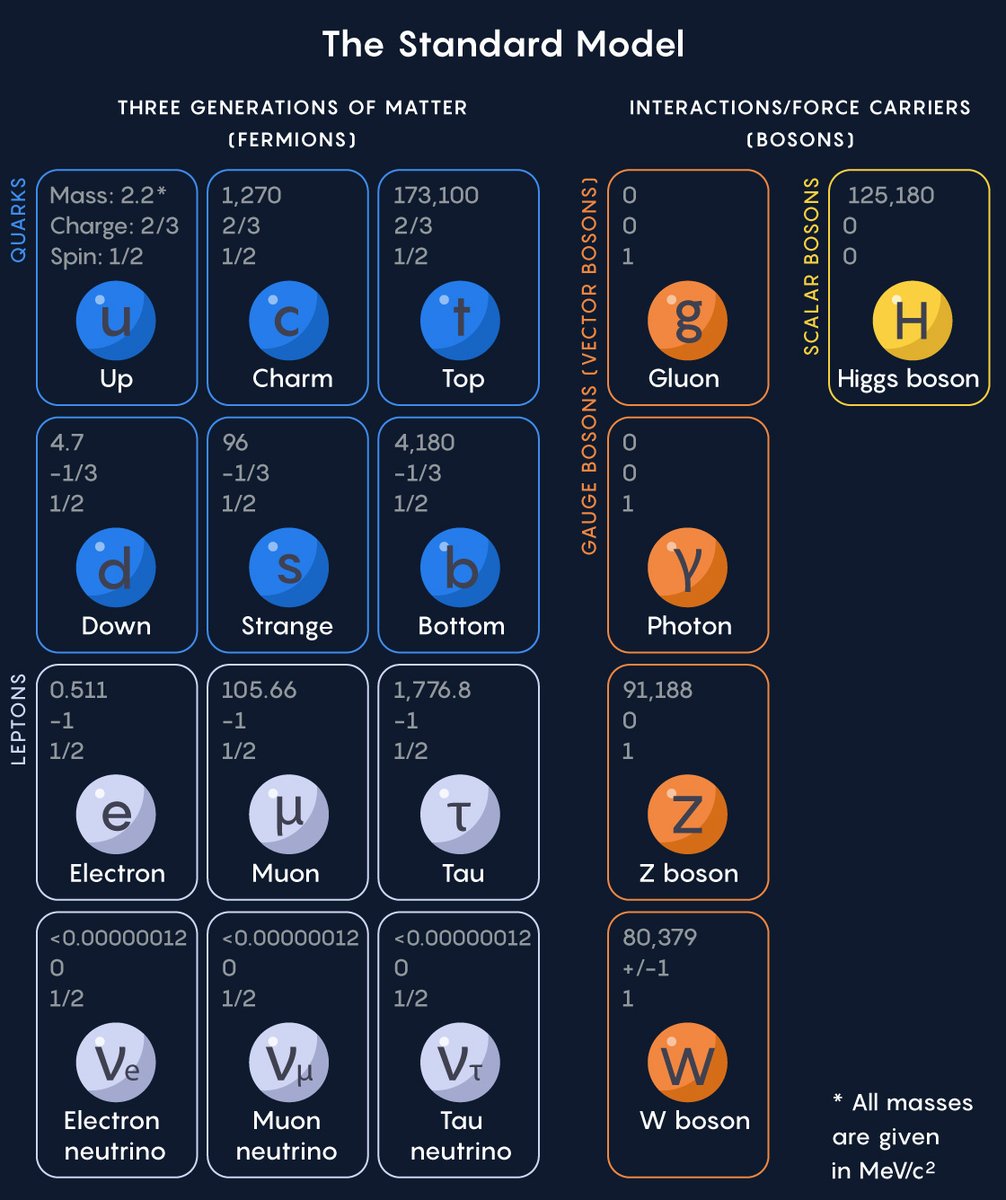
The most ambitious project in math seeks to answer fundamental questions by connecting disparate branches of the field, like calculus and geometry. This effort, known as the Langlands program, recently received a rare gift that has vastly expanded its potential. (Thread) 

The Langlands program seeks to assemble a mathematical dictionary that uses objects from calculus to investigate polynomials. An adjacent effort seeks to do something similar in geometric terms. 

Questions about numbers can often be answered more quickly when they are translated into geometric problems. Now, two mathematicians have found the first shape whose properties communicate directly with the Langlands program’s main concerns.
The object is called the Fargues-Fontaine curve. Originally developed in 2010 by the mathematicians Laurent Fargues and the late Jean-Marc Fontaine, the curve was only initially useful for a narrow technical purpose. 

In 2014, Laurent Fargues heard Peter Scholze, a prodigious mathematician, give a lecture on a nascent geometric theory he had developed. Inspired, Fargues later pitched Scholze that the curve, joined with this new theory, could advance the geometric Langlands program.
Both Scholze’s theory and the Fargues-Fontaine curve concern special number systems called the 𝘱-adics that help mathematicians investigate prime numbers. @kelseyahe explains 𝘱-adics here: quantamagazine.org/how-the-toweri…
@kelseyahe After seven years of collaboration, Fargues and Scholze finished equipping the Fargues-Fontaine curve with the features necessary to fulfill the needs of the geometric Langlands program, as described in a 350-page paper published this February. 

The work is one of the biggest advances so far on the Langlands program — and also the most tangible evidence yet that earlier mathematicians weren’t foolish to attempt the Langlands program by geometric means.
Read @KSHartnett full article on the Fargues-Fontaine reinvention: quantamagazine.org/with-a-new-sha…
@KSHartnett To read more about the Langlands program, and for ongoing reporting on mathematics, computer science, biology and physics, head to QuantaMagazine.org. (/Thread)
• • •
Missing some Tweet in this thread? You can try to
force a refresh









